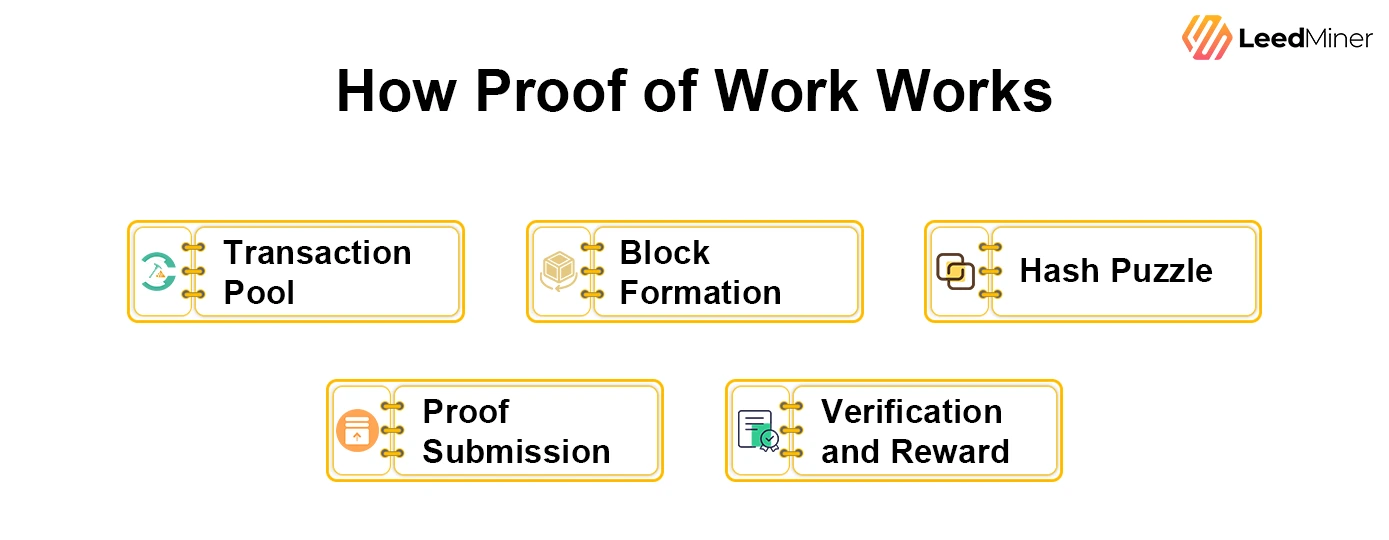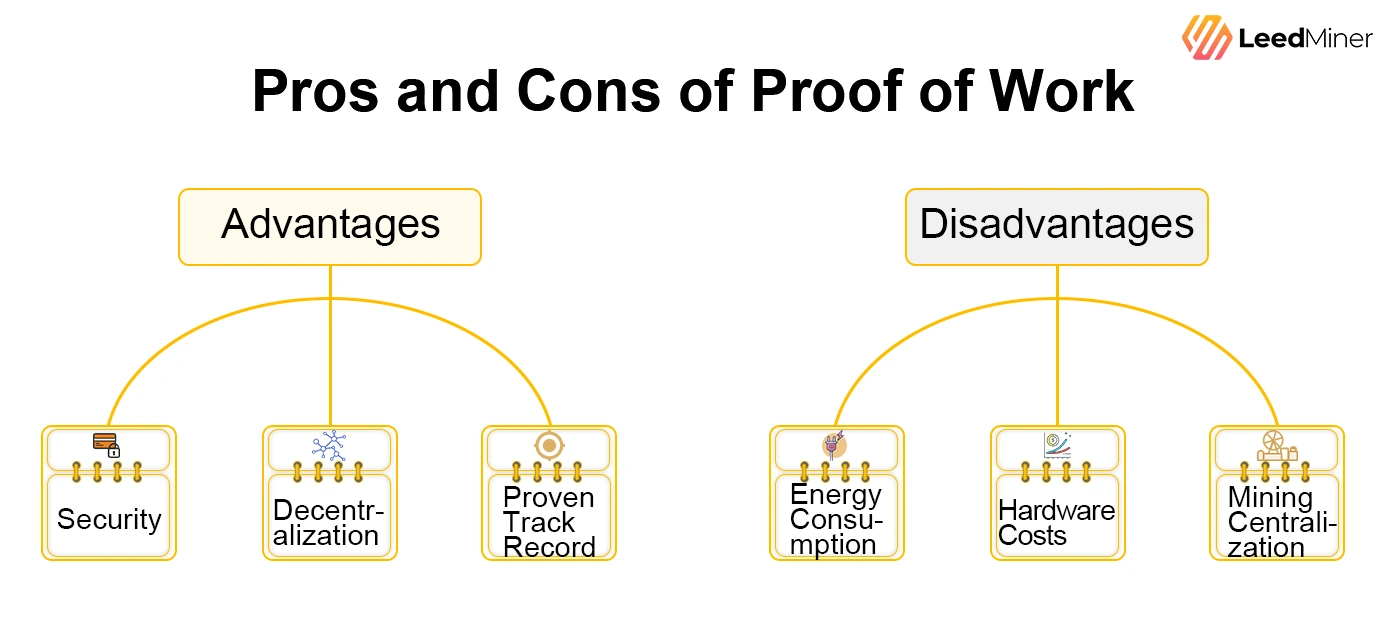SUMMARY
Cryptocurrencies like Bitcoin rely on a mechanism called Proof of Work (PoW)—a fundamental part of cryptocurrency mining
What is Proof of Work (PoW)?
Proof of Work (PoW) is a decentralized consensus mechanism used to validate transactions and secure blockchain networks. It requires miners to perform complex mathematical calculations to find a valid solution (a cryptographic hash) and earn the right to add a new block to the blockchain. This process requires real-world resources—computing power and electricity—which makes tampering with the system costly and impractical.
The Origin of Proof of Work
The concept of PoW originated from Hashcash, a system proposed by Adam Back in the 1990s to prevent email spam. The idea was to force email senders to perform a small amount of computational work to prove legitimacy. In 2008, Satoshi Nakamoto adapted this principle in Bitcoin’s design, using PoW as a way to secure transactions and maintain consensus across a decentralized network.
How Proof of Work Works

Transaction Pool Miners gather unconfirmed transactions from the network. Block Formation These transactions are bundled into a candidate block. Hash Puzzle Miners must find a random number (nonce) that, when combined with the block data and hashed using SHA-256, produces a hash that meets specific difficulty criteria (e.g., starts with a certain number of zeroes). Proof Submission The first miner to find the correct hash broadcasts the solution to the network. Verification and Reward Other nodes verify the solution. If valid, the block is added to the blockchain, and the miner receives a reward (block subsidy + transaction fees). This process repeats every block and ensures that all participants agree on a single, tamper-proof ledger.
Why Proof of Work Matters
Proof of Work plays a critical role in maintaining the security and integrity of a blockchain network. By requiring computational effort, PoW makes it extremely expensive to manipulate transaction history or double-spend coins. This economic barrier creates strong incentives for honest behavior and eliminates the need for a trusted central party. PoW also makes blockchain tamper-resistant—rewriting the chain would require more computing power than the rest of the network combined.
Pros and Cons of Proof of Work

Advantages:
- Security: The high cost of attacks makes PoW one of the most secure consensus mechanisms.
- Decentralization: Anyone with hardware can participate in mining, promoting open access.
- Proven Track Record: Used by
Bitcoin
and other major coins for over a decade without compromise.
Disadvantages:
- Energy Consumption: PoW networks consume significant electricity, raising environmental concerns.
- Hardware Costs: Mining requires specialized equipment (ASICs), creating barriers to entry.
- Mining Centralization: In practice, large mining pools dominate the network hash rate.
Popular Cryptocurrencies Using PoW

- Bitcoin (BTC) – The first and most secure PoW blockchain.
- Litecoin (LTC) – A faster, lighter alternative to Bitcoin.
- Dogecoin (DOGE) – A meme-based coin that merged mining with Litecoin.
- Kaspa (KAS) – A newer PoW coin focused on scalability and block speed.
PoW vs PoS : What’s the Difference?
| Feature | Proof of Work (PoW) | Proof of Stake (PoS) |
|---|---|---|
| Basis of Participation | Computing power (mining) | Token ownership (staking) |
| Energy Usage | High | Low |
| Hardware Required | Yes (ASICs/GPUs) | No |
| Risk of Attack | Requires >51% hashpower | Requires majority of tokens |
| Adoption | Bitcoin, Litecoin, etc. | Ethereum 2.0, Solana, Cardano |
PoS is often seen as a greener, more scalable alternative, but PoW remains the gold standard for decentralized security.
CONCLUSION
Proof of Work is the foundation of the first generation of cryptocurrencies. It offers unmatched security and decentralization by tying network consensus to real-world energy and effort. While it faces challenges like high energy use, PoW continues to be a trusted and robust mechanism—especially for networks like Bitcoin. Understanding how PoW works gives you key insight into what makes crypto secure and decentralized.



